|

This site best viewed with Firefox
Arabian Costume Native Bedouin- Egyptian-Jordanian-Syrian,
Omani, Yemeni, Saudi
Arabian, and Iraqi
by Kimberley Jacobs
Arabian Costume Native Bedouin
The Native Bedouin Style of Native Arabian Costume evolved from the combined use of rectangular stuffed donkey saddles and embroidered camel bags with the older tradition of a blanket-carpet thrown over the horse's back. It was just a matter of time before all three elements were sewn together into one unit. Eventually a more contoured, tailored and comfortable saddleseat evolved. Variations include:
Egyptian-Jordanian-Syrian:
CHARACTERISTICS: Rectangular or contoured stuffed and embroidered saddleseat. Embroidered side panels and rear drape with mirror image four corner symmetry, floral and diamond designs. Small tassels; single, double and triple tiers acceptable. Beadwork, cowry shell rosettes or metal amulets on breast collar and halter/bridle. Triangular platform or English type stirrups. The saddleseat and the base material for the drape and panels are the same color, and often the bridle and breast collar and the tassels on the breast collar are also this same color or will color-coordinate with each other. The tassels on the panels and drape are a mixture of other colors to match the embroidery on the panels and drape. (See photos Egyptian-Jordanian One, Two, Three, Four, Five)
Omani:
CHARACTERISTICS: Contoured stuffed and stitched saddleseat with stuffed raised pommel and cantle. Embroidered side panels and rear drape with central circular design inside of a wide square border over top larger rounded side panels. Small tassels; single tier. Triangular platform or English type stirrups. The saddleseat, rounded side panels, and the base material for the rear drape and square side panels are the same color. The halter/bridle and breast collar are made of the same material which may or may not color-coordinate with the saddle and panels. The tassels on the panels, drape, breast collar and bridle are a mixture of the colors that match the embroidery on the square panels and drape. Horses also wear decorative knee bands. Omani costumes are brighter and lighter-hued than Egyptian-Jordanian-Syrian costumes because immigrants from India have introduced their art, designs and color preferences to the local culture. (See Omani photo)
Yemeni:
A style that overlaps the border of Yemen and Oman. CHARACTERISTICS: Contoured stuffed and stitched saddleseat with stuffed raised pommel and cantle, often covered by a separate square saddle cloth. Square side panels and rear drape often unadorned, but sometimes decorated with a white horse or simple design. Small tassels; single tier. No stirrups. The saddle cover, the saddle and the base material for the rear drape and square side panels are sometimes the same color, but more often are different colors. The bridle and breast collar are made of or heavily decorated with silver ornaments. The tassels on the panels, drape and saddle cloth are a mixture of colors that do not necessarily color-coordinate with any of the base materials. There are usually no tassels on the breast collar and bridle. The metal work on the bridle and breast collar is similar to that found on Marwari tack of Pakistan and western India; again immigrants from India have introduced their art and design to the local culture. (See Yemeni-Omani photo)
Saudi:
The only style of Arabian costume that blends the Bedouin design with Turkish/Persian elements. CHARACTERISTICS: Jineta saddle with embroidered side panels and rear drape, or single rectangular saddle cloth, embroidered or woven with floral and geometric designs. (The saddle's pommel and cantle stick up through holes sewn into the saddle cloth.) Small tassels; single, double and triple tiers acceptable. Beadwork, cowry shell rosettes and lots of metal amulets on breast collar, halter/bridle and neck collars. Triangular platform or English type stirrups. The tassels on the panels, drape, breast collar and bridle color-coordinate with the colors in the panels, drape or saddle cover. Saudi costumes have a richer look than those from the countries that surround Saudi Arabia. (See photos Saudi One, Two, Three, Four, Five)
Iraqi:
Because of the various military coups and the modern upheaval that has plagued Iraq for the past 50+ years, I do not believe there are any original Iraqi-Bedouin costumes being made in that country any more. The most recent photo I have seen is from 1950. CHARACTERISTICS: Contoured stuffed and stitched saddleseat sewn to woven and embroidered rectangular saddle pad. Large or long tassels, sometimes suspended, or small suspended tassels. Beadwork, cowry shell rosettes or metal amulets on breast collar and bridle. Triangular platform or English type stirrups. Some color coordination between all the elements. (See photos Iraqi One, Two, Three)
Arabian Costumes Egyptian-JordanianClick on Photo for Full Size Viewing
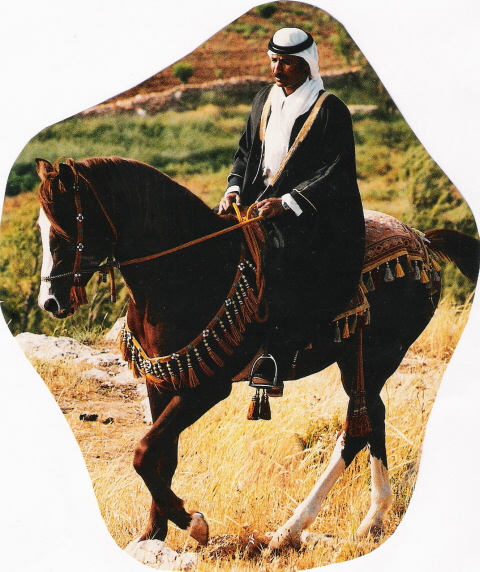 |
Photo Credit: Arabian Costumes Egyptian-Jordanian. Photo One - Arabian Horse World Magazine
|
| Photo Credit:
Arabian Costumes Egyptian-Jordanian - Photo Two - Arabian Costume Workbook by Lynn Maderich
|
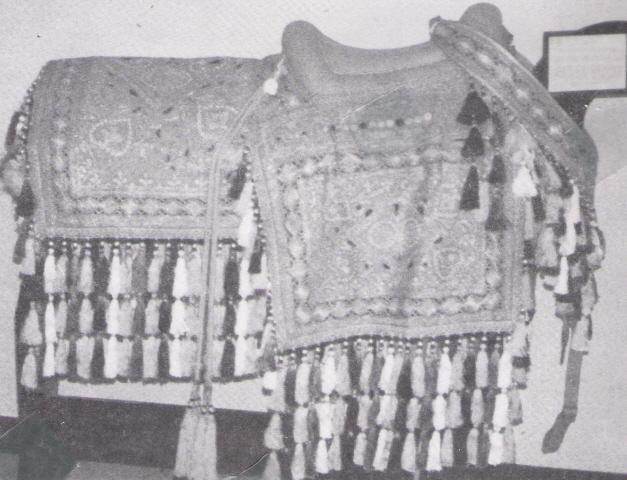 |
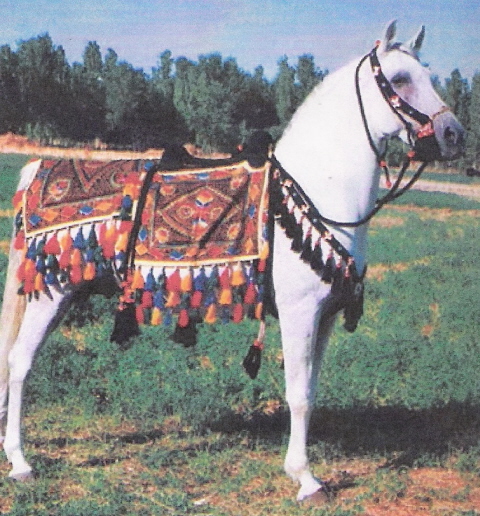 |
Photo Credit: Arabian Costumes Egyptian-Jordanian. Photo Three - Internet Public Domain
|
| Photo Credit:
Arabian Costumes Egyptian-Jordanian - Photo Four - Arabian Horse World Magazine
|
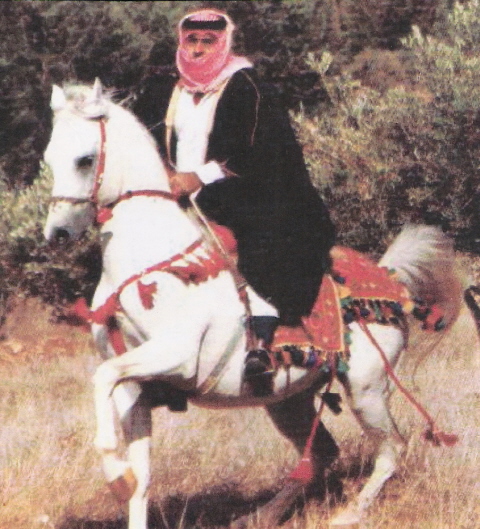 |
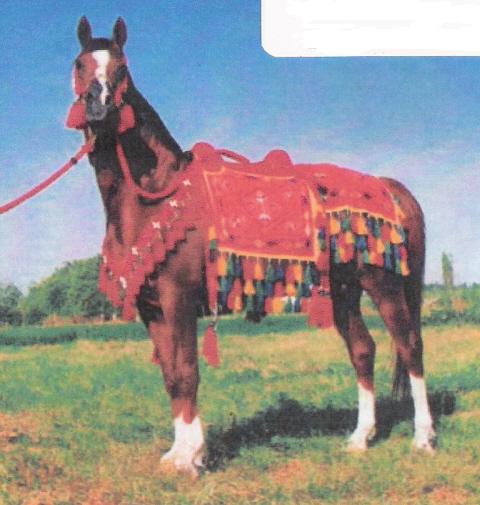 |
Photo Credit: Arabian Costumes Egyptian-Jordanian. Photo Five - Internet Public Domain
|
Arabian Costumes - OmaniClick on Photo for Full Size Viewing
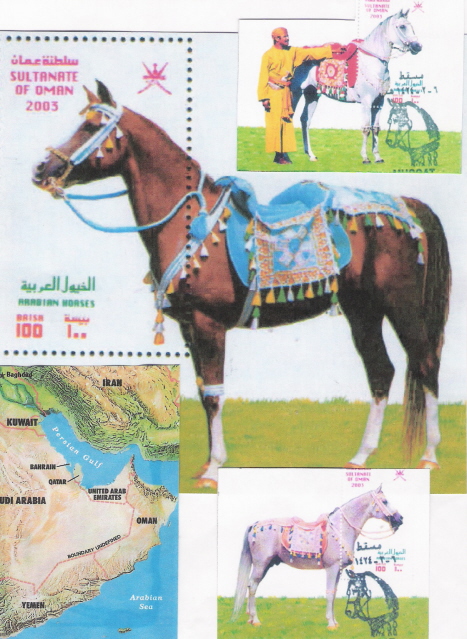 |
Photo Credit: Arabian Costumes - Omani - Photo One - Internet Public Domain
|
Arabian Costumes - Yemeni-Omani Click on Photo for Full Size Viewing
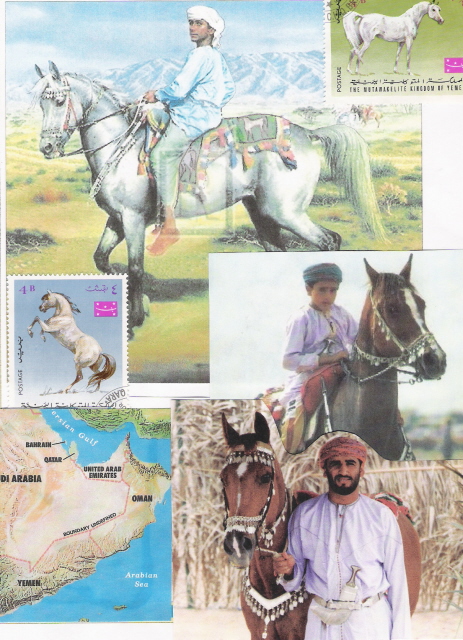 |
Photo Credit: Arabian Costumes - Yemeni-Omani - Photo One - Internet Public Domain
|
Arabian Costumes - Saudi Click on Photo for Full Size Viewing
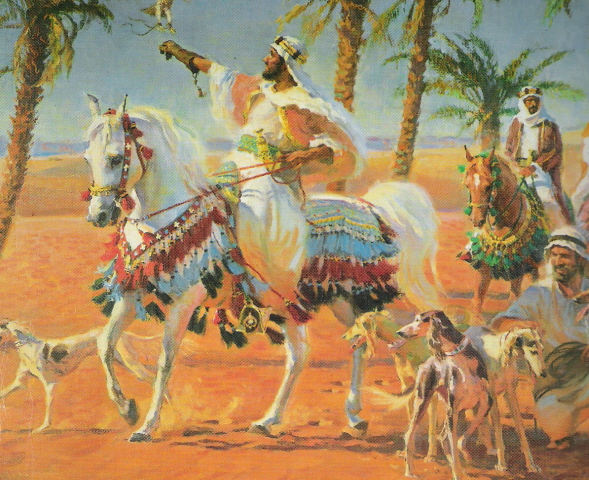 |
Photo Credit: Arabian Costumes - Saudi - Photo One - Arabian Horse World Magazine
|
| Photo Credit:
Arabian Costumes - Saudi - Photo Two - Arabian Horse World Magazine
|
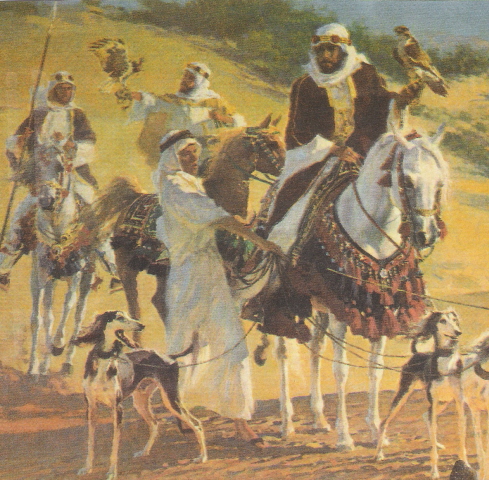 |
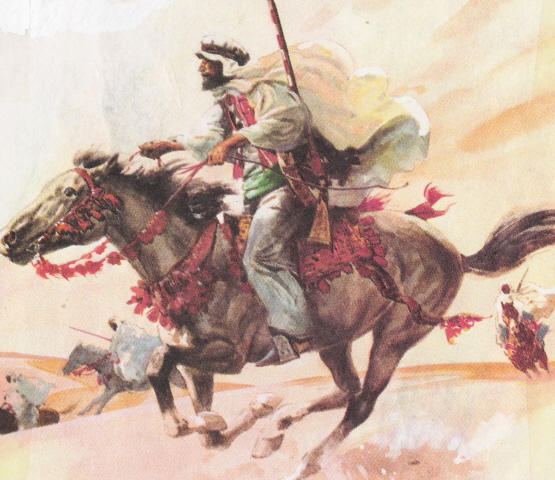 |
Photo Credit: Arabian Costumes - Saudi - Photo Three - Painting by Jack Coggins
|
| Photo Credit:
Arabian Costumes - Saudi - Photo Four - National Geographic Magazine
|
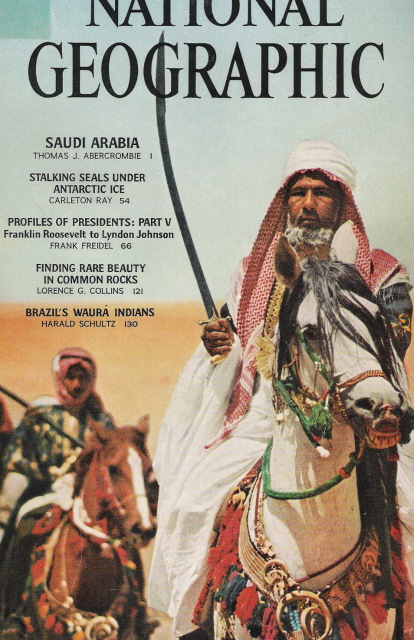 |
Arabian Costumes - IraqiClick on Photo for Full Size Viewing
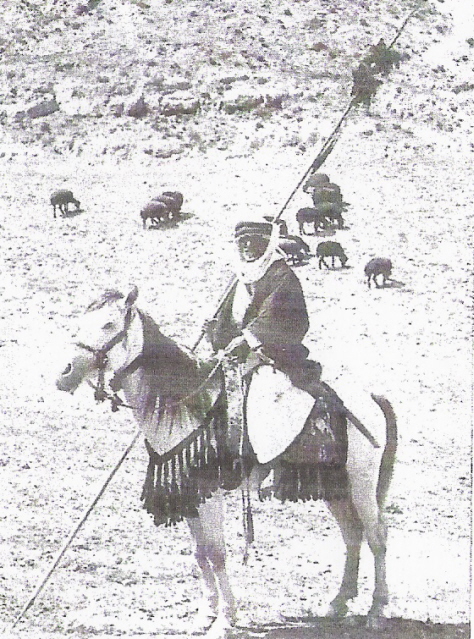 |
Photo Credit: Arabian Costumes - Iraqi One - 1950 World Book Encyclopedia
|
| Photo Credit:
Arabian Costumes - Iraqi - Photo Two - Sketch by Jack Coggins (???)
|
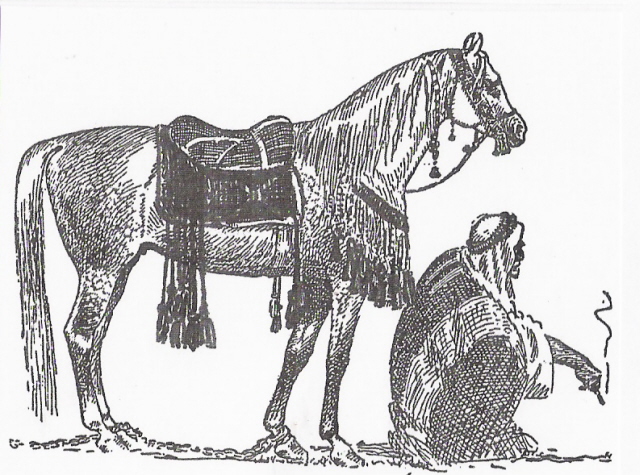 |
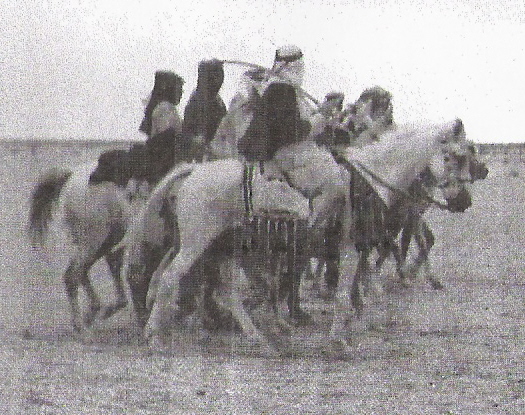 |
Photo Credit: Arabian Costumes - Iraqi - Photo Three - National Geographic Magazine
|
| Approved by IMEHA BoD 2010 |

This site is maintained by IMEHA. Its contents are copyrighted
ŠIMEHA, 1996.
Updated: January 16, 2013
|
|



